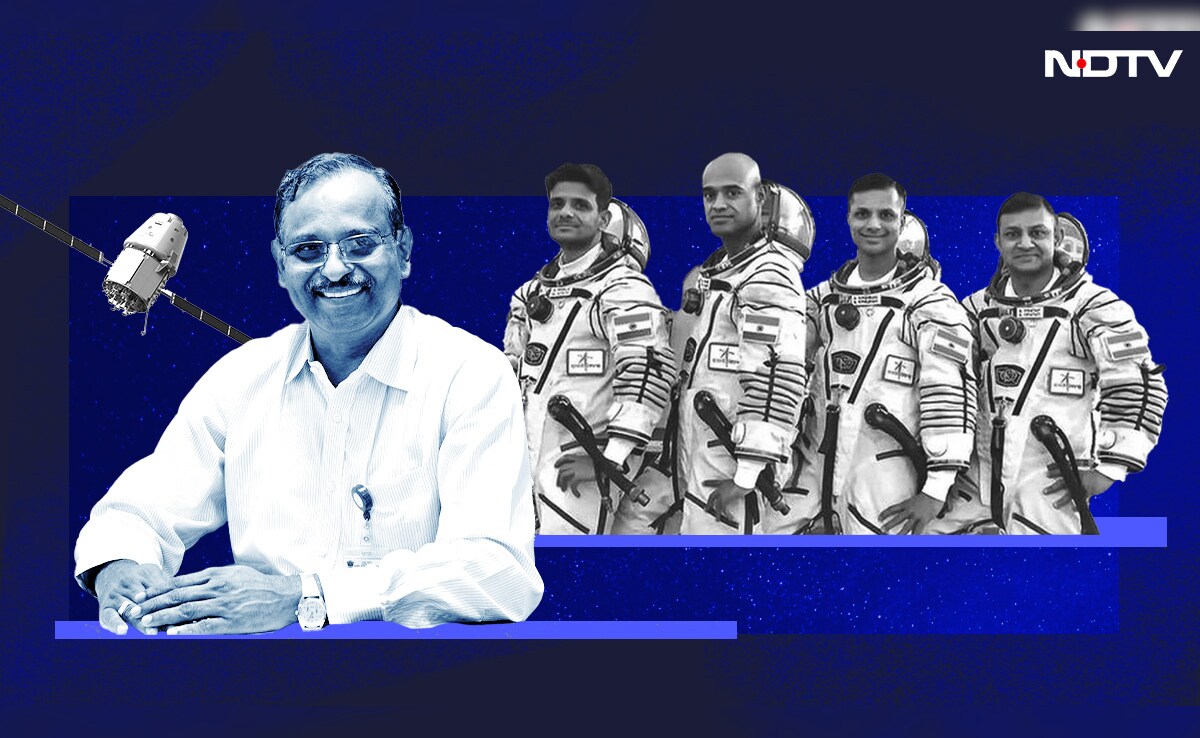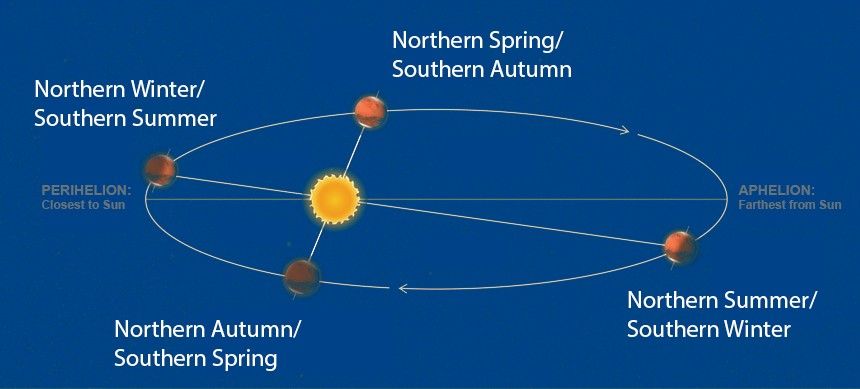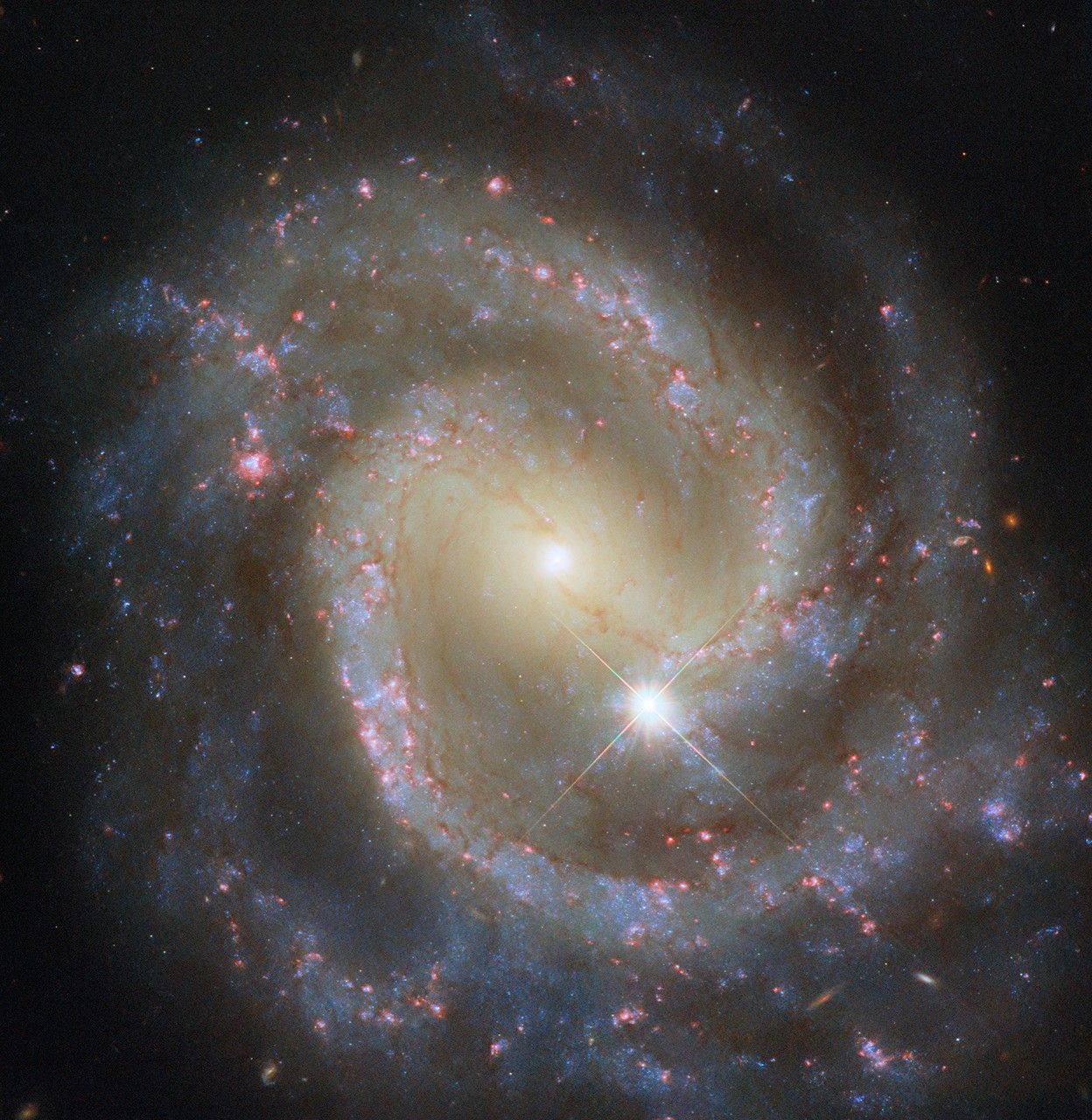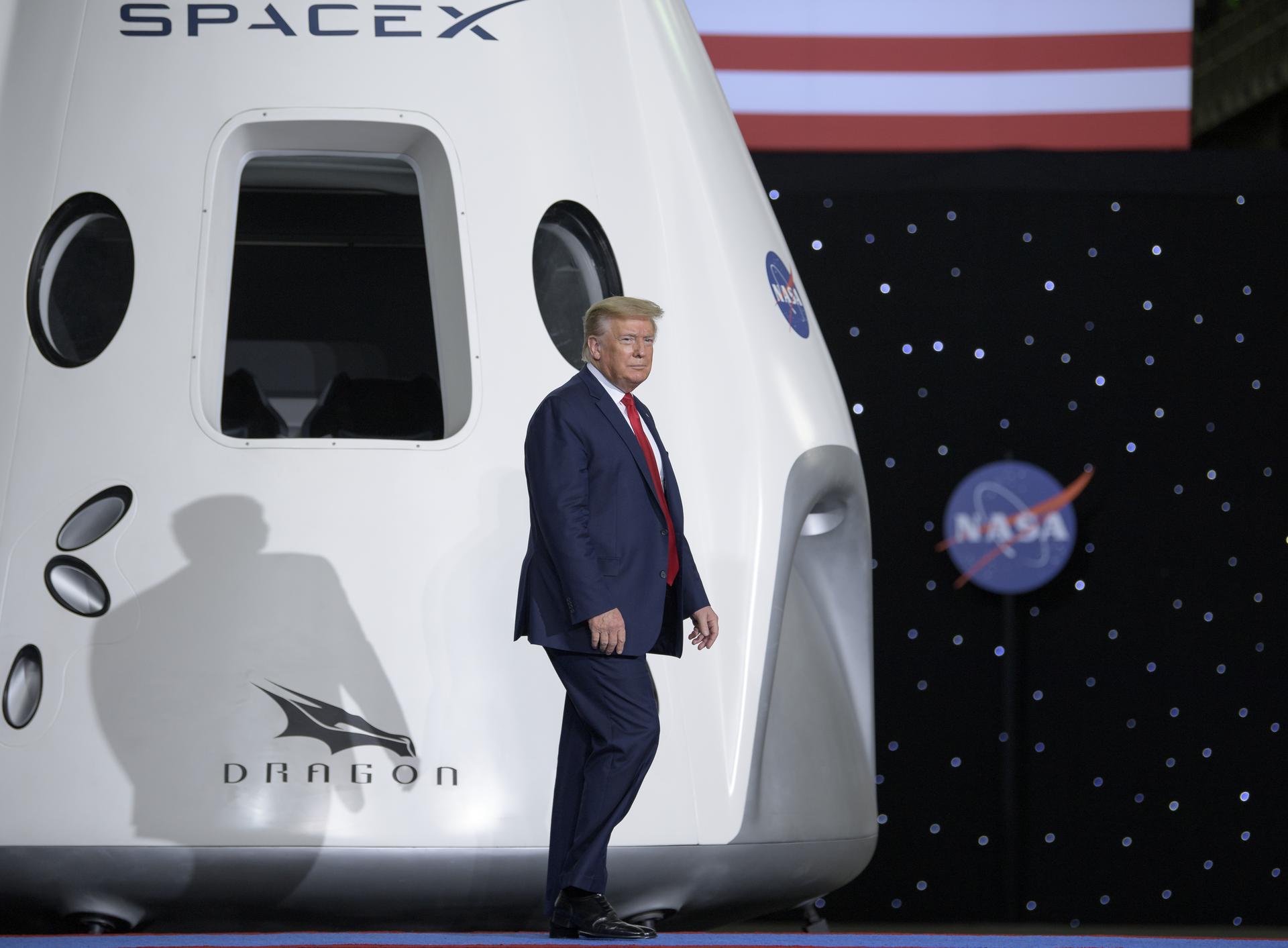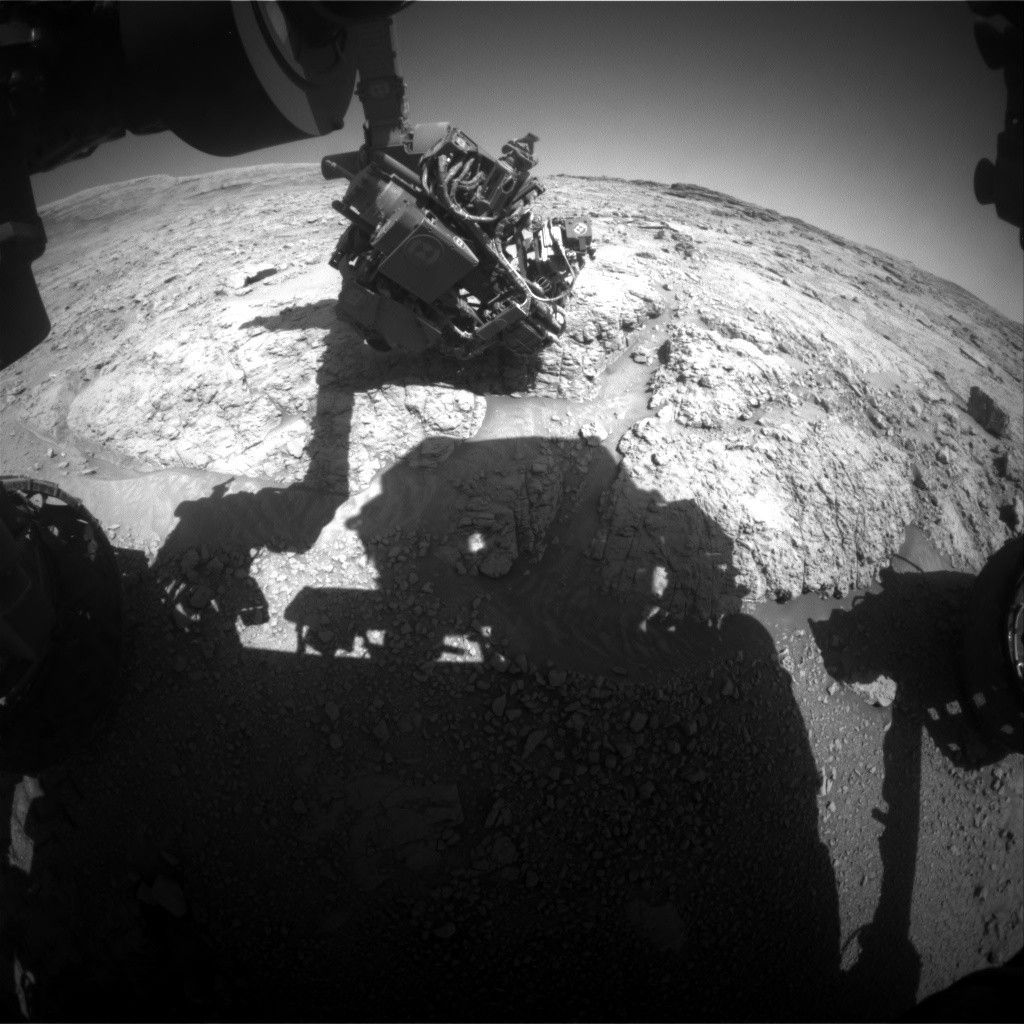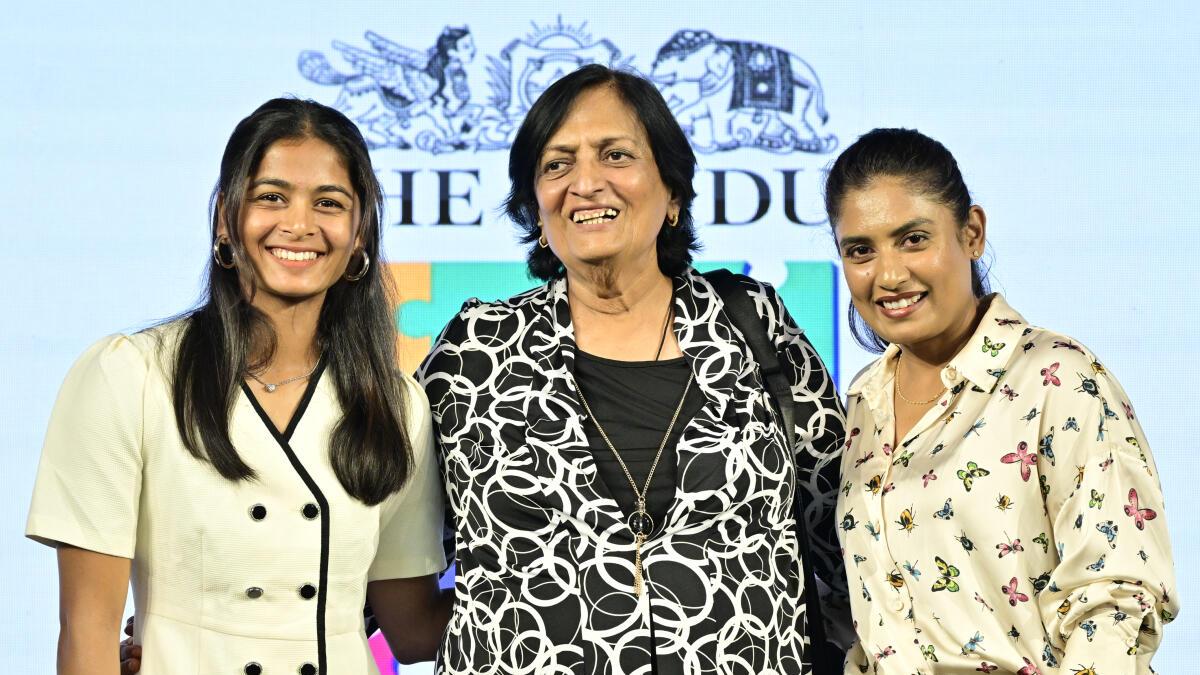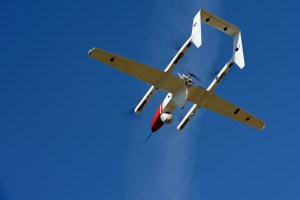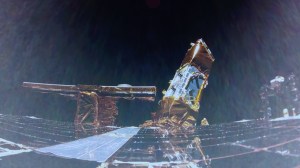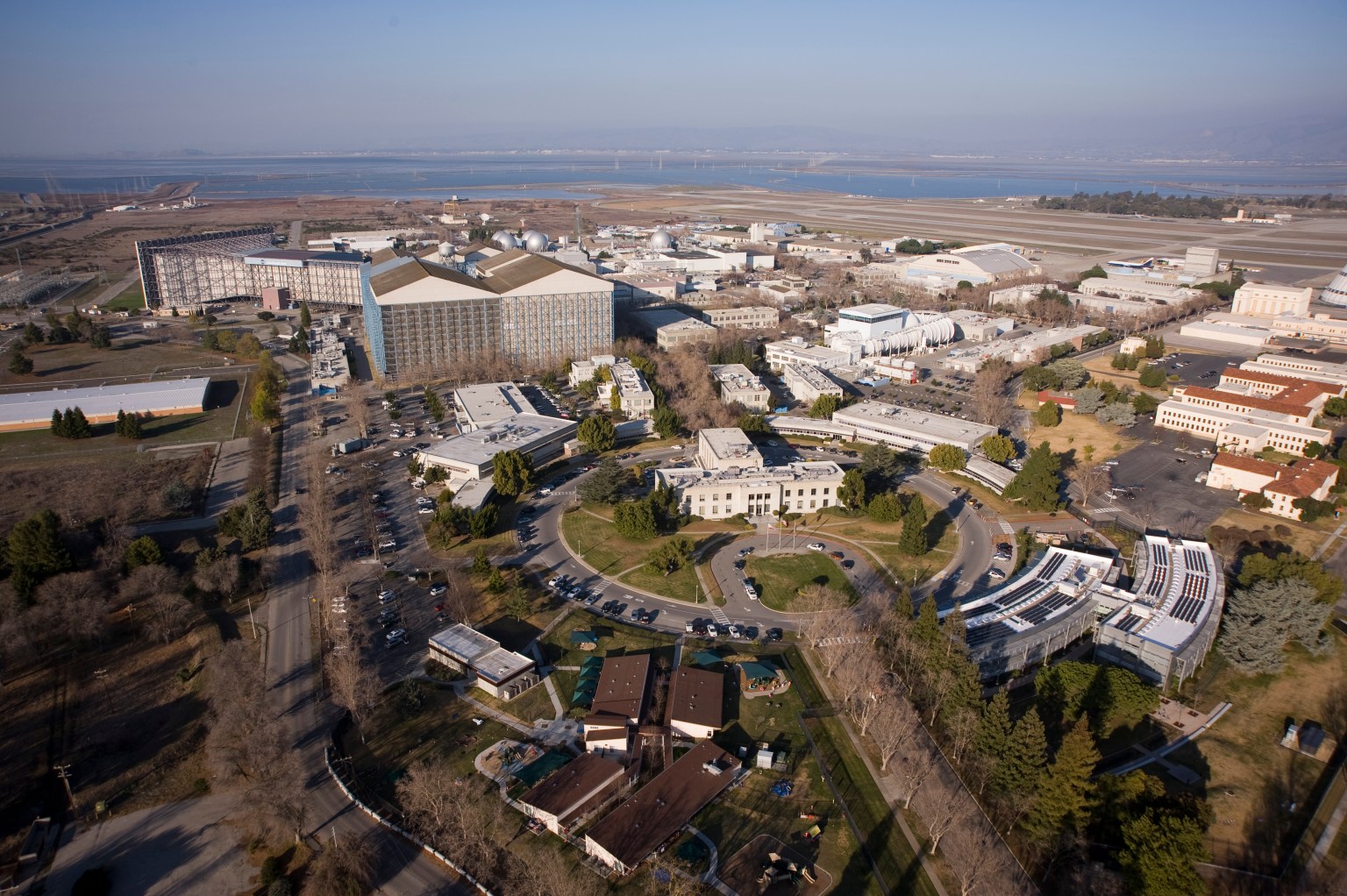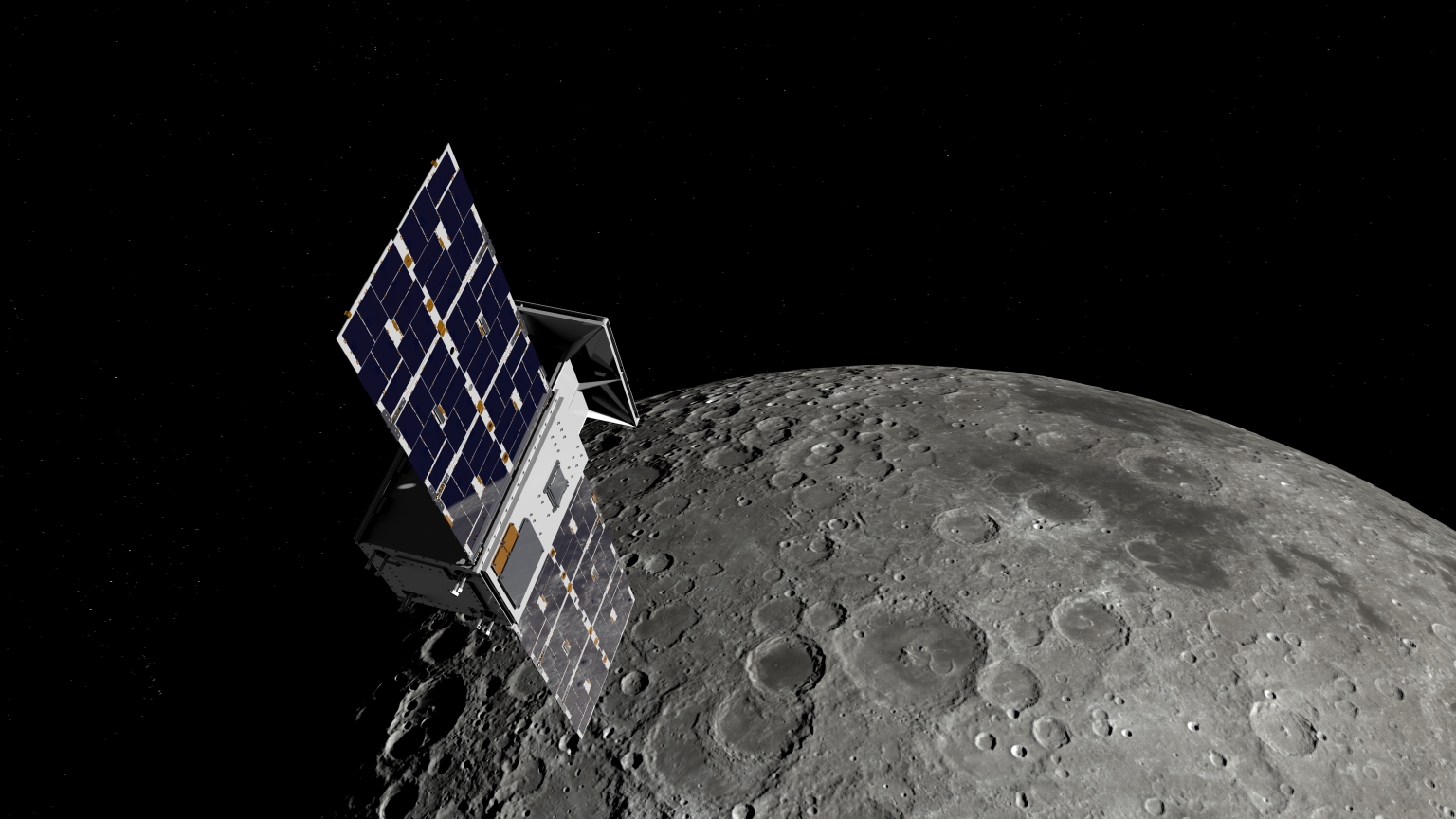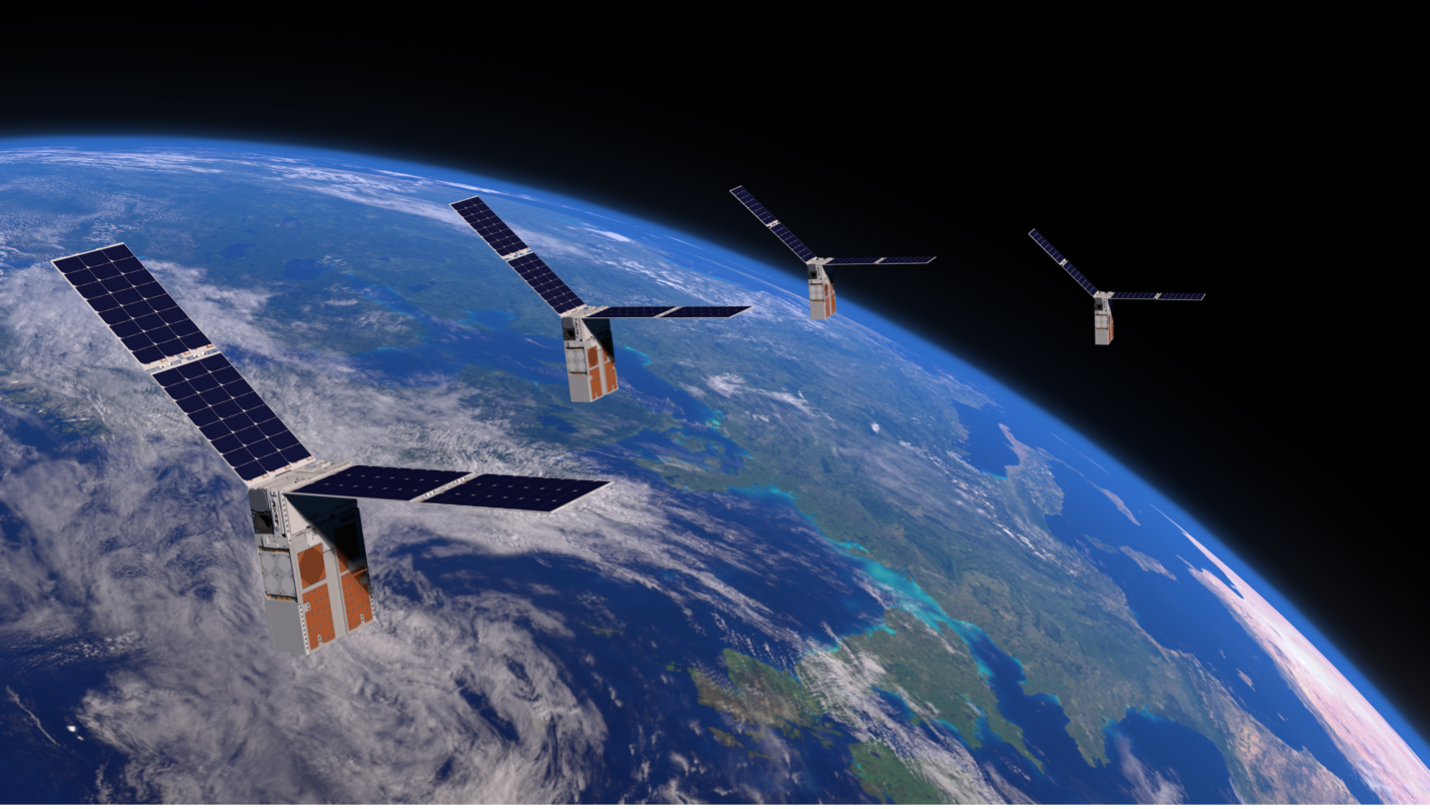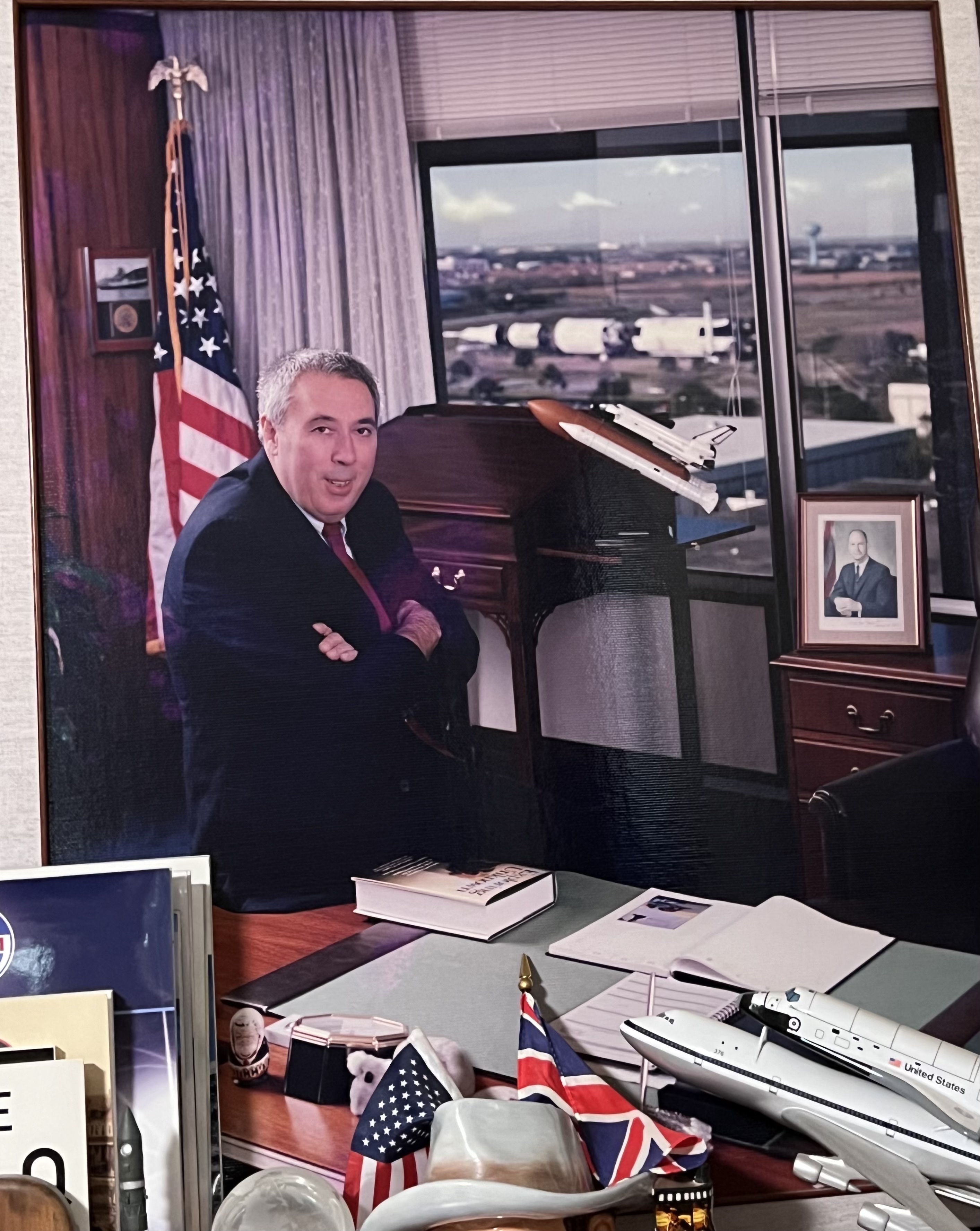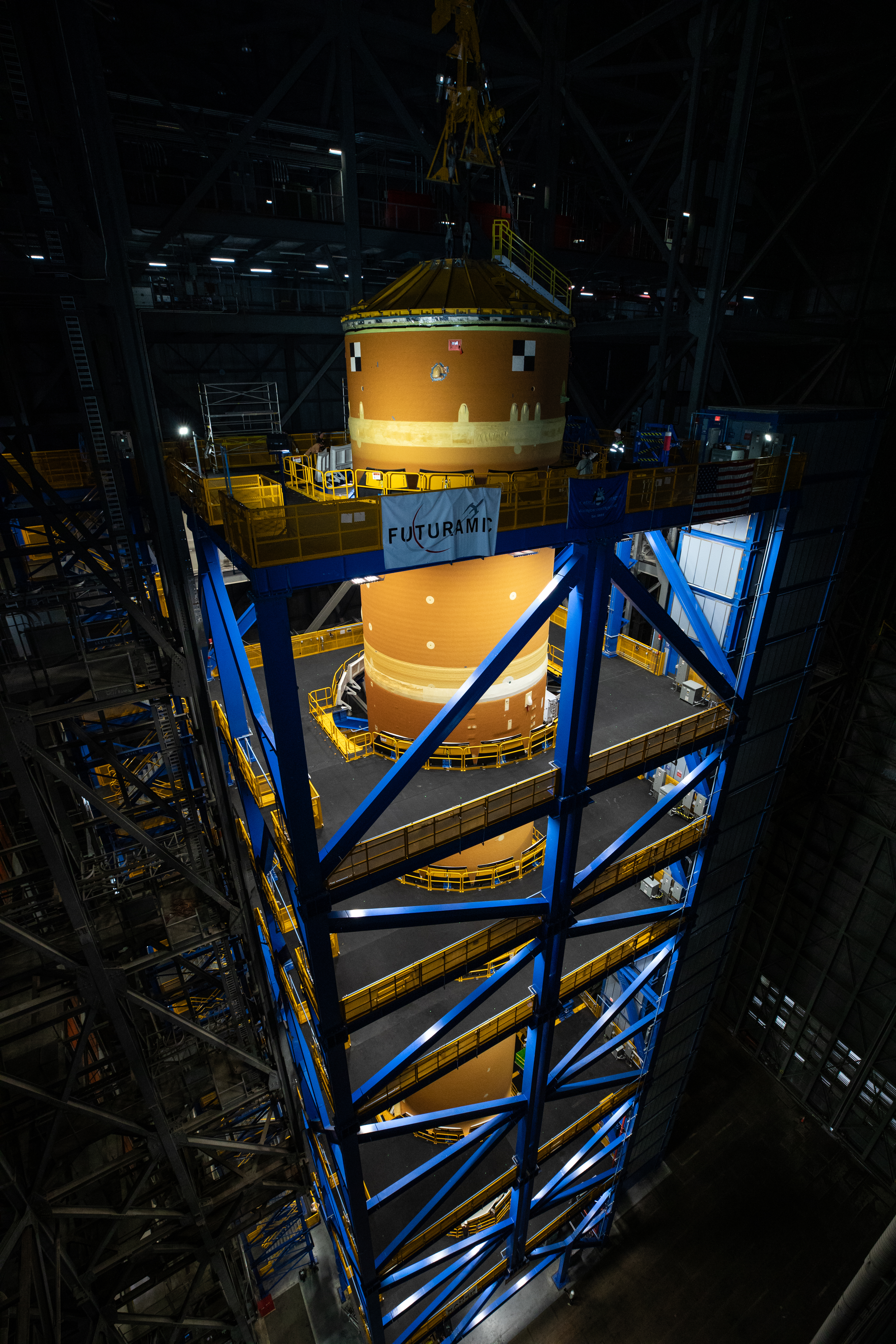NASA Demonstrates Software ‘Brains’ Shared Across Satellite Swarms
Talk amongst yourselves, get on the same page, and work together to get the job done! This “pep talk” roughly describes how new NASA technology works within satellite swarms. This technology, called Distributed Spacecraft Autonomy (DSA), allows individual spacecraft to make independent decisions while collaborating with each other to achieve common goals – all without […]

5 min read
Preparations for Next Moonwalk Simulations Underway (and Underwater)
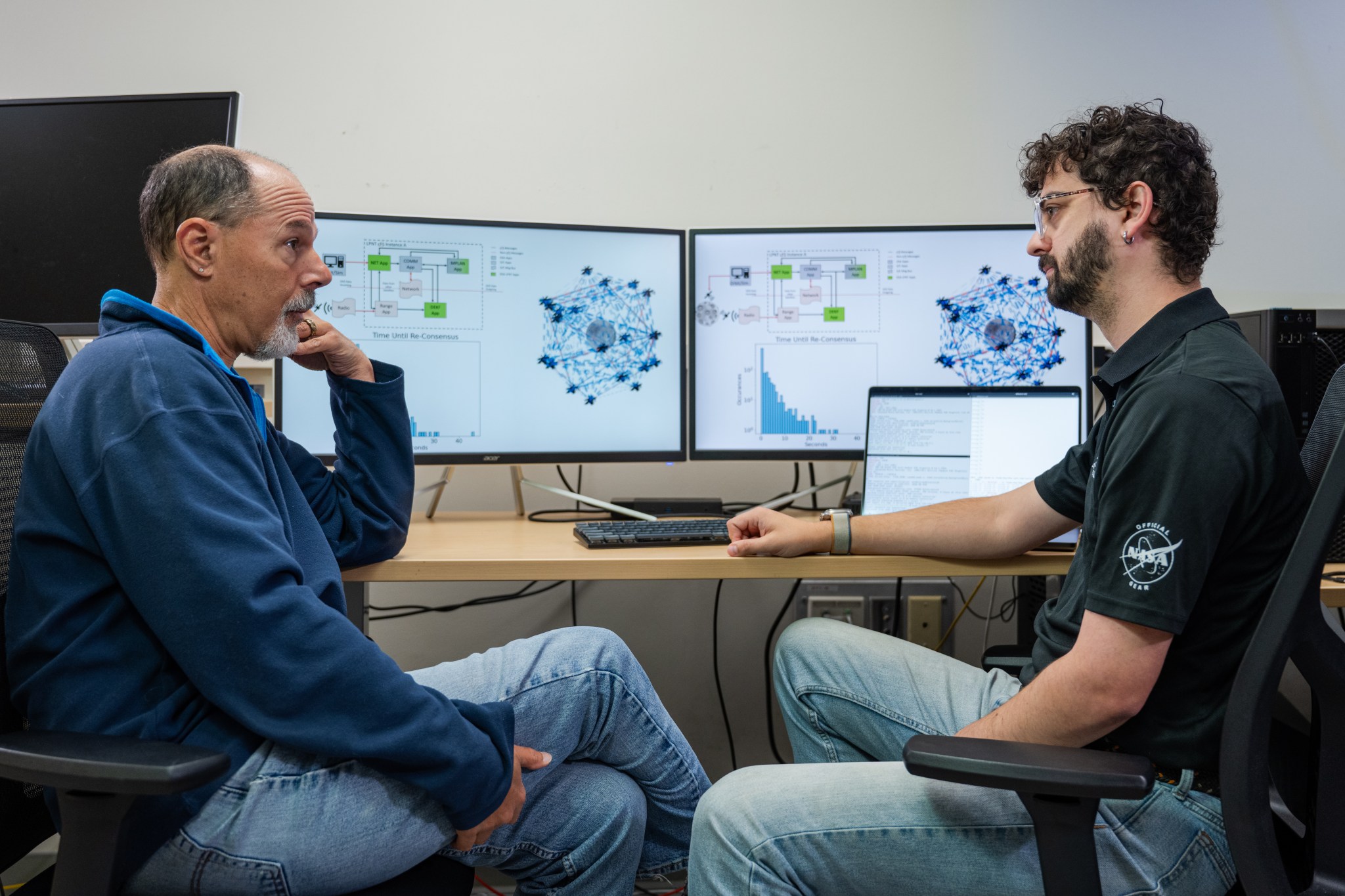
Talk amongst yourselves, get on the same page, and work together to get the job done! This “pep talk” roughly describes how new NASA technology works within satellite swarms. This technology, called Distributed Spacecraft Autonomy (DSA), allows individual spacecraft to make independent decisions while collaborating with each other to achieve common goals – all without human input.
NASA researchers have achieved multiple firsts in tests of such swarm technology as part of the agency’s DSA project. Managed at NASA’s Ames Research Center in California’s Silicon Valley, the DSA project develops software tools critical for future autonomous, distributed, and intelligent swarms that will need to interact with each other to achieve complex mission objectives.
“The Distributed Spacecraft Autonomy technology is very unique,” said Caleb Adams, DSA project manager at NASA Ames. “The software provides the satellite swarm with the science objective and the ‘smarts’ to get it done.”
What Are Distributed Space Missions?
Distributed space missions rely on interactions between multiple spacecraft to achieve mission goals. Such missions can deliver better data to researchers and ensure continuous availability of critical spacecraft systems.
Typically, spacecraft in swarms are individually commanded and controlled by mission operators on the ground. As the number of spacecraft and the complexity of their tasks increase to meet new constellation mission designs, “hands-on” management of individual spacecraft becomes unfeasible.
Distributing autonomy across a group of interacting spacecraft allows for all spacecraft in a swarm to make decisions and is resistant to individual spacecraft failures.
The DSA team advanced swarm technology through two main efforts: the development of software for small spacecraft that was demonstrated in space during NASA’s Starling mission, which involved four CubeSat satellites operating as a swarm to test autonomous collaboration and operation with minimal human operation, and a scalability study of a simulated spacecraft swarm in a virtual lunar orbit.
Experimenting With DSA in Low Earth Orbit
The team gave Starling a challenging job: a fast-paced study of Earth’s ionosphere – where Earth’s atmosphere meets space – to show the swarm’s ability to collaborate and optimize science observations. The swarm decided what science to do on their own with no pre-programmed science observations from ground operators.
“We did not tell the spacecraft how to do their science,” said Adams. “The DSA team figured out what science Starling did only after the experiment was completed. That has never been done before and it’s very exciting!”
The accomplishments of DSA onboard Starling include the first fully distributed autonomous operation of multiple spacecraft, the first use of space-to-space communications to autonomously share status information between multiple spacecraft, the first demonstration of fully distributed reactive operations onboard multiple spacecraft, the first use of a general-purpose automated reasoning system onboard a spacecraft, and the first use of fully distributed automated planning onboard multiple spacecraft.
During the demonstration, which took place between August 2023 and May 2024, Starling’s swarm of spacecraft received GPS signals that pass through the ionosphere and reveal interesting – often fleeting – features for the swarm to focus on. Because the spacecraft constantly change position relative to each other, the GPS satellites, and the ionospheric environment, they needed to exchange information rapidly to stay on task.
Each Starling satellite analyzed and acted on its best results individually. When new information reached each spacecraft, new observation and action plans were analyzed, continuously enabling the swarm to adapt quickly to changing situations.
“Reaching the project goal of demonstrating the first fully autonomous distributed space mission was made possible by the DSA team’s development of distributed autonomy software that allowed the spacecraft to work together seamlessly,” Adams continued.
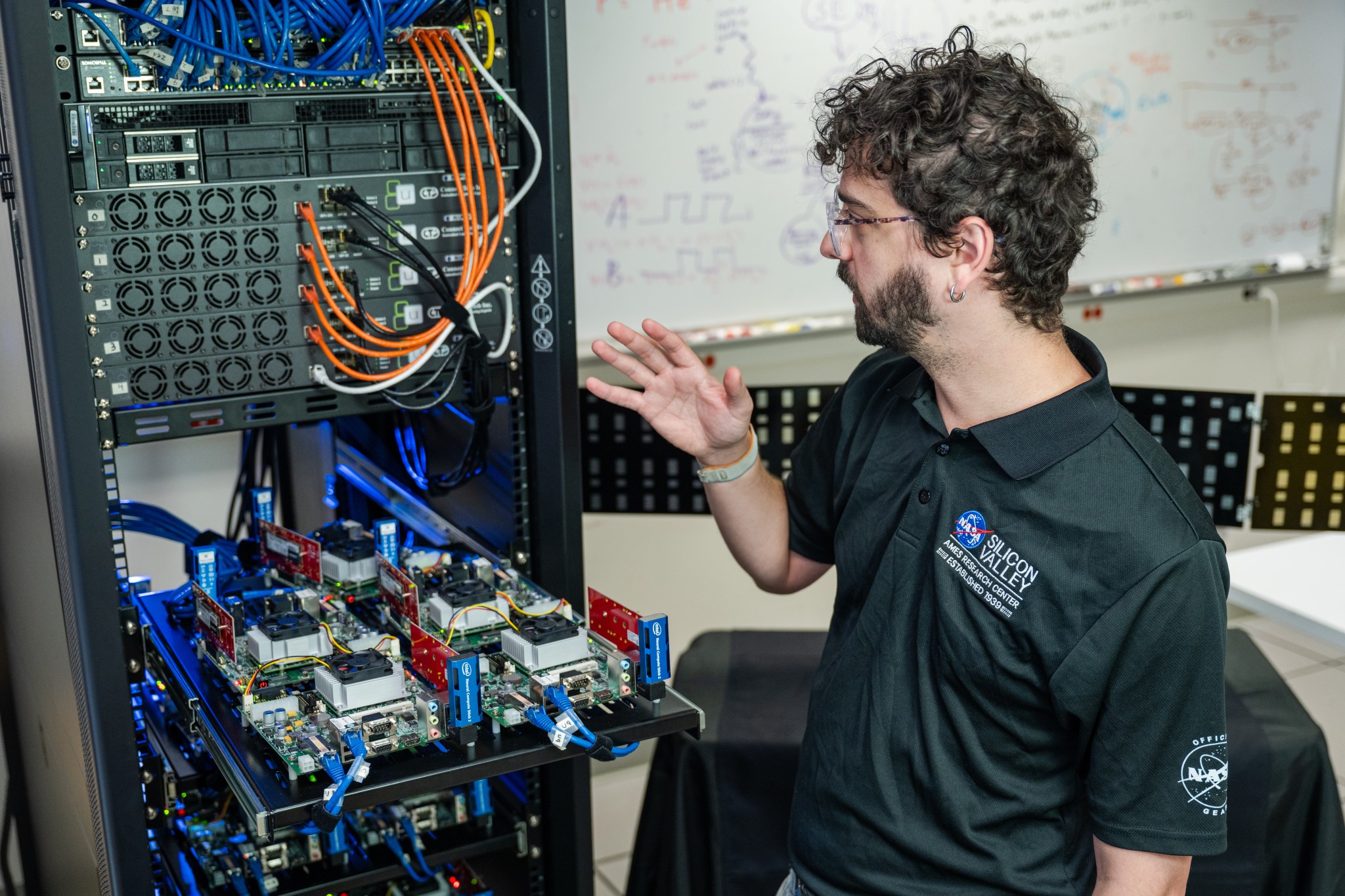
Scaling Up Swarms in Virtual Lunar Orbit
The DSA ground-based scalability study was a simulation that placed virtual small spacecraft and rack-mounted small spacecraft flight computers in virtual lunar orbit. This simulation was designed to test the swarm’s ability to provide position, navigation, and timing services at the Moon. Similar to what the GPS system does on Earth, this technology could equip missions to the Moon with affordable navigation capabilities, and could one day help pinpoint the location of objects or astronauts on the lunar surface.
The DSA lunar Position, Navigation, and Timing study demonstrated scalability of the swarm in a simulated environment. Over a two-year period, the team ran close to one hundred tests of more complex coordination between multiple spacecraft computers in both low- and high-altitude lunar orbit and showed that a swarm of up to 60 spacecraft is feasible.
The team is further developing DSA’s capabilities to allow mission operators to interact with even larger swarms – hundreds of spacecraft – as a single entity.
Distributed Spacecraft Autonomy’s accomplishments mark a significant milestone in advancing autonomous distributed space systems that will make new types of science and exploration possible.
NASA Ames leads the Distributed Spacecraft Autonomy and Starling projects. NASA’s Game Changing Development program within the agency’s Space Technology Mission Directorate provides funding for the DSA experiment. NASA’s Small Spacecraft Technology program within the Space Technology Mission Directorate funds and manages the Starling mission and the DSA project.
Share
Details
Related Terms
What's Your Reaction?








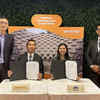


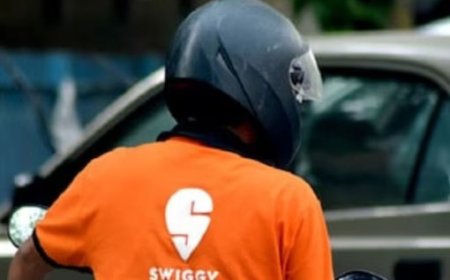







.jpg?#)

